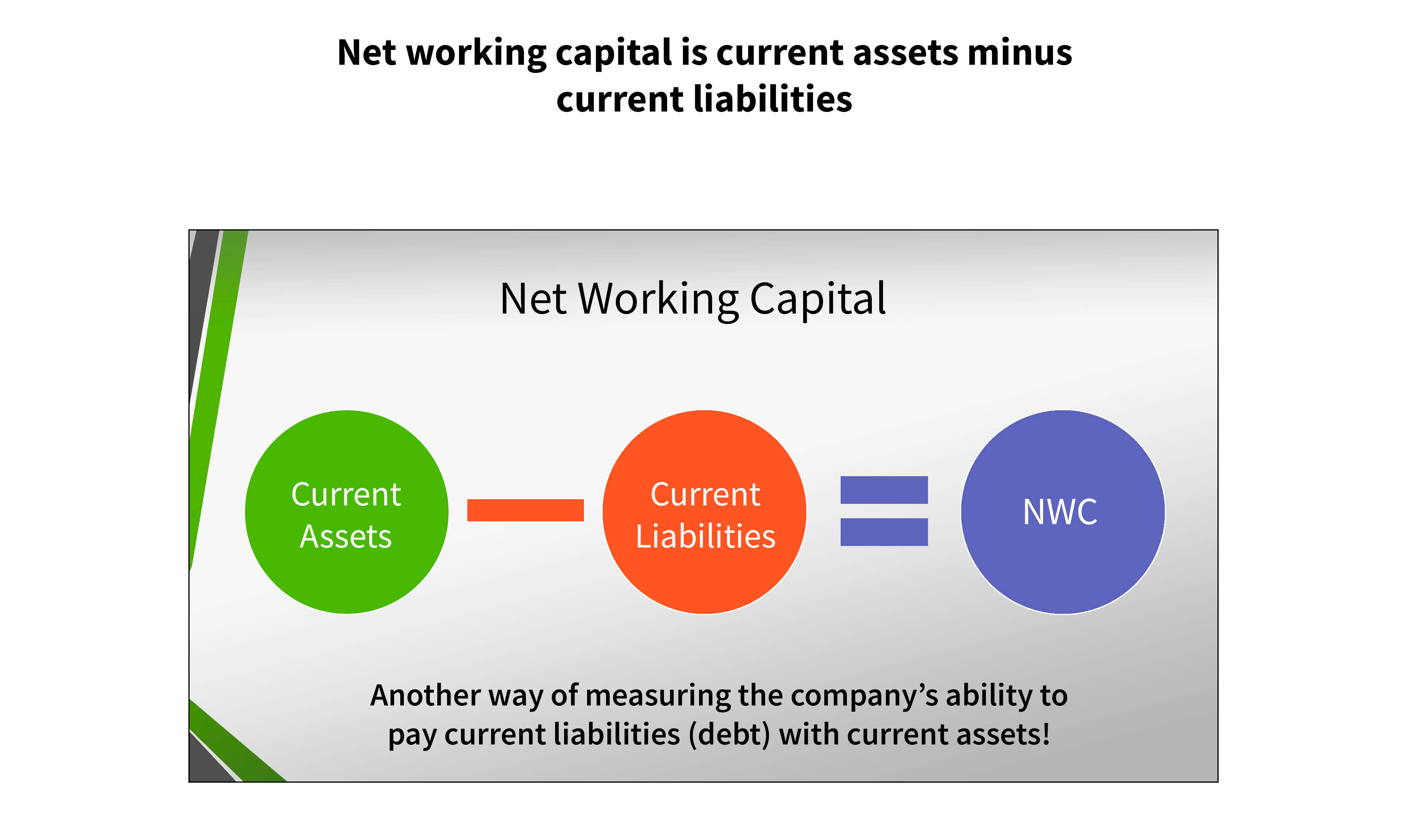
As the investment landscape continues to evolve and grow, many investors are wondering if active management still matters in today's world. After all, with the rise of passive investing and the increasing availability of low-cost index funds, it can be tempting to simply put your money into a few diversified funds and let them ride.
However, there are still many compelling reasons why active management is an important tool for investors who want to achieve their financial goals. In this article, we'll explore five key reasons why active management still matters in today's investment landscape.
1. Active Management Can Help You Outperform the Market
While it's true that most active fund managers don't beat the market over the long term, there are still many skilled managers who are able to generate alpha by identifying undervalued companies, taking advantage of market inefficiencies, and making strategic bets on specific sectors or industries. By investing in actively managed funds with a proven track record of outperformance, investors can potentially earn higher returns than they would by simply investing in index funds.
For example, the T. Rowe Price Emerging Markets Bond Fund (PREMX) has returned more than 10% year-to-date as of May 2023, compared to just 4% for the broader bond market.
2. Active Management Can Help You Manage Risk
Another key benefit of active management is that it can help investors manage risk more effectively. While index funds are generally considered to be low-risk investments, they still expose investors to market volatility and systemic risk. By contrast, actively managed funds can use a variety of strategies to hedge against downside risk, including diversification, sector rotation, and defensive positioning. This can help investors protect their portfolios during market downturns and limit losses during periods of volatility.
As the global economy continues to recover from the COVID-19 pandemic, many investors are concerned about inflation and its potential impact on stock and bond prices. To manage this risk, some active managers are using strategies like dividend-focused equity funds and inflation-linked bond funds, which can provide a source of income and inflation protection even in a rising-rate environment.
3. Active Management Can Help You Access Niche Markets and Strategies
Another advantage of active management is that it can help investors access niche markets and strategies that may not be available through passive investing. For example, some active funds specialize in investing in small-cap stocks, emerging markets, or alternative asset classes like real estate or commodities. By investing in these funds, investors can gain exposure to these markets and potentially benefit from their growth and diversification benefits.
Another example is the ARK Next Generation Internet ETF (ARKW) has delivered more than 40% annualized returns over the past three years by investing in companies like Tesla, Square, and Zoom.
4. Active Management Can Help You Achieve Personalized Investment Goals
One of the drawbacks of passive investing is that it can be a one-size-fits-all approach that may not be well-suited to every investor's needs and goals. By contrast, actively managed funds can be tailored to meet the specific needs of individual investors, whether they are seeking income, growth, capital preservation, or a combination of these objectives. By working with a skilled advisor or fund manager, investors can develop a personalized investment strategy that aligns with their unique circumstances and goals.
For example, investors who are nearing retirement may want to focus on generating income and preserving capital, while younger investors may be more interested in growth-oriented strategies. By working with a skilled advisor or fund manager, investors can develop a personalized investment plan that aligns with their needs and goals.
5. Active Management Can Help You Stay Ahead of the Curve
Finally, active management can help investors stay ahead of the curve by identifying emerging trends and opportunities before they become widely known. By doing their own research and analysis, actively managed funds can uncover hidden gems that may not yet be reflected in the broader market. This can give investors a valuable edge in a competitive investment landscape and potentially generate higher returns over time.
For example, the Global X Robotics & Artificial Intelligence ETF (BOTZ) has delivered strong returns over the past several years by investing in companies that are at the forefront of robotics, automation, and artificial intelligence. As these technologies continue to transform industries and create new business models, investors who stay ahead of the curve may be well-positioned to benefit.
In conclusion, while passive investing has its benefits, active management still plays an important role in today's investment landscape. By providing potential for higher returns, better risk management, access to niche markets and strategies, personalized investment goals, and the ability to stay ahead of the curve, active management can help investors achieve their financial objectives and build wealth over the long term.



